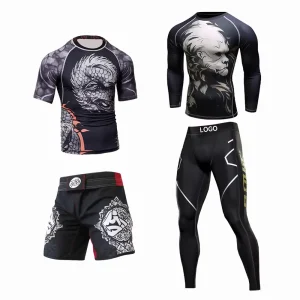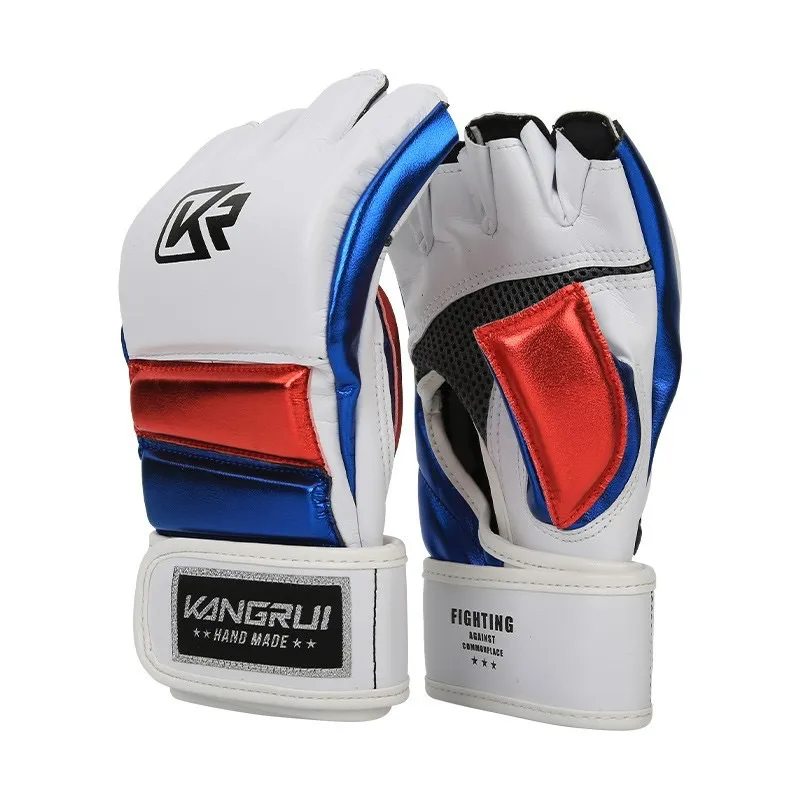Mixed Martial Arts: What Is MMA Fighting
Welcome to the ultimate guide on enhancing your martial arts academy with top-notch mixed martial arts (MMA) equipment. Whether you’re running a gym, an MMA club, or a martial arts school, understanding the right equipment can transform your training sessions and attract more students. This article delves into the essentials of MMA equipment, the rules of mixed martial arts, and how quality gear can boost your academy’s reputation and performance.
What is Mixed Martial Arts (MMA)?
Mixed Martial Arts, commonly known as MMA, is a full-contact combat sport that incorporates techniques from various martial arts disciplines. Combining elements from boxing, wrestling, judo, karate, and more, MMA offers a comprehensive training experience that enhances both physical and mental prowess.
Key Points:
- Diverse Fighting Styles: MMA integrates striking and grappling techniques.
- Comprehensive Training: Focuses on strength, agility, and endurance.
- Global Popularity: Recognized worldwide with major organizations like the Ultimate Fighting Championship (UFC).

Why Invest in Quality MMA Equipment?
Investing in high-quality MMA equipment is crucial for the safety and performance of your students. Superior gear not only protects fighters but also enhances their training experience, leading to better results and higher satisfaction.
Benefits:
- Enhanced Safety: Reduces the risk of injuries during training and competitions.
- Improved Performance: High-quality gear can boost a fighter’s confidence and effectiveness.
- Professional Image: Quality equipment reflects the professionalism of your academy, attracting more students.
Understanding the Rules of Mixed Martial Arts
The Unified Rules of Mixed Martial Arts govern the sport, ensuring fairness and safety. Familiarizing yourself with these rules is essential for both instructors and students to maintain a structured training environment.
Core Rules:
- Weight Classes: Fighters compete in designated weight categories to ensure fair matchups.
- Permitted Techniques: Striking, grappling, and submissions are allowed, with certain restrictions.
- Safety Regulations: Mandatory use of protective gear like gloves, mouthguards, and shin guards.
Essential MMA Fighting Styles and Their Equipment
Different fighting styles require specific equipment to maximize effectiveness and safety. Understanding these nuances helps in selecting the right gear for your students.
Fighting Styles:
- Boxing: Focuses on punches; requires quality boxing gloves and hand wraps.
- Wrestling: Emphasizes grappling; necessitates wrestling shoes and singlets.
- Muay Thai: Utilizes kicks and elbows; needs shin guards and elbow pads.
Choosing the Right Weight Class Gear
Proper gear selection based on weight classes is vital. It ensures that fighters are adequately protected and that competitions remain fair and balanced.
Considerations:
- Glove Size: Varies according to weight class to provide appropriate padding.
- Protective Gear: Must match the fighter’s size for optimal protection without hindering movement.
- Comfort and Fit: Gear should be snug but not restrictive, allowing for maximum mobility.

Top MMA Organizations and Their Equipment Standards
Leading MMA organizations like the Ultimate Fighting Championship (UFC) set high standards for equipment, influencing gyms and academies worldwide.
Standards:
- Glove Regulations: Specific weight and padding requirements.
- Protective Gear: Mandatory use of mouthguards, groin protectors, and appropriate attire.
- Ring Specifications: Uniform size and material standards for competitions.
How to Select the Best MMA Gloves for Your Gym
MMA gloves are a cornerstone of training and competition. Selecting the right gloves involves balancing protection, durability, and comfort.
Selection Tips:
- Material Quality: Leather gloves offer durability, while synthetic options are cost-effective.
- Padding: Adequate padding protects hands and reduces injury risk.
- Design: Features like wrist support and secure closures enhance performance and safety.
Combat Sports from Around the World: Equipment Variations
Combat sports vary globally, each with unique equipment tailored to their specific techniques and traditions.
Examples:
- Brazilian Jiu-Jitsu: Focuses on ground fighting; uses gi uniforms and specialized mats.
- Krav Maga: Emphasizes practical self-defense; minimalistic gear focusing on functionality.
- Taekwondo: Known for high kicks; requires protective headgear and padded boots.
Creating a Safe and Effective Training Environment
Safety is paramount in martial arts training. Implementing proper equipment and protocols ensures a secure environment conducive to learning and growth.
Strategies:
- Regular Equipment Checks: Ensure all gear is in good condition and replace when necessary.
- Proper Training: Educate students on the correct use of equipment to prevent injuries.
- Clean Environment: Maintain hygiene standards to prevent infections and promote well-being.
Promoting Your MMA Academy with Quality Gear
High-quality equipment not only enhances training but also serves as a marketing tool. Showcasing top-tier gear can attract new students and establish your academy as a leader in the field.
Promotion Ideas:
- Showcase Equipment: Display gear prominently in your gym to highlight quality.
- Host Events: Organize tournaments or training sessions featuring your equipment.
- Online Presence: Use social media and your website to highlight your equipment offerings and their benefits.
Frequently Asked Questions
What types of MMA gloves are best for beginners?
Beginners should opt for gloves that offer ample padding and wrist support. Boxing Gloves or MMA Sparring Training Gloves are ideal as they provide protection while allowing for effective training.
How often should MMA equipment be replaced?
Regular inspection is key. MMA gloves and protective gear should be replaced when signs of wear and tear appear to ensure continued safety and performance.
Can I customize MMA equipment for my academy?
Yes, many manufacturers offer customization options. Personalized gear can enhance your academy’s brand and provide a unique training experience for your students.
What protective gear is mandatory in MMA competitions?
Mandatory gear includes gloves, mouthguards, groin protectors, and appropriate attire. Adhering to the Unified Rules of MMA ensures compliance and safety.
Key Takeaways
- Invest in Quality: Superior MMA equipment enhances safety, performance, and your academy’s reputation.
- Understand the Rules: Familiarity with MMA regulations ensures fair and safe training environments.
- Select Appropriate Gear: Tailor equipment choices to different fighting styles and weight classes.
- Promote Effectively: Use quality gear as a marketing tool to attract and retain students.
- Maintain Safety Standards: Regular equipment checks and proper training protocols are essential.

Enhancing your martial arts academy with the right MMA equipment is a strategic investment that pays dividends in safety, performance, and student satisfaction. By selecting high-quality gear and adhering to established rules, you create a thriving environment where fighters can excel. Explore our range of Boxing Gloves and MMA Sparring Training Gloves to equip your gym with the best tools for success.
For more insights and equipment options, visit our Sports Good Manufacturer or explore specific gear categories like Custom Boxing Gloves and Muay Thai Kick Pads.
Lorem ipsum dolor sit amet, consectetuer adipiscing elit, sed diam nonummy nibh euismod tincidunt ut laoreet dolore magna aliquam erat volutpat.

